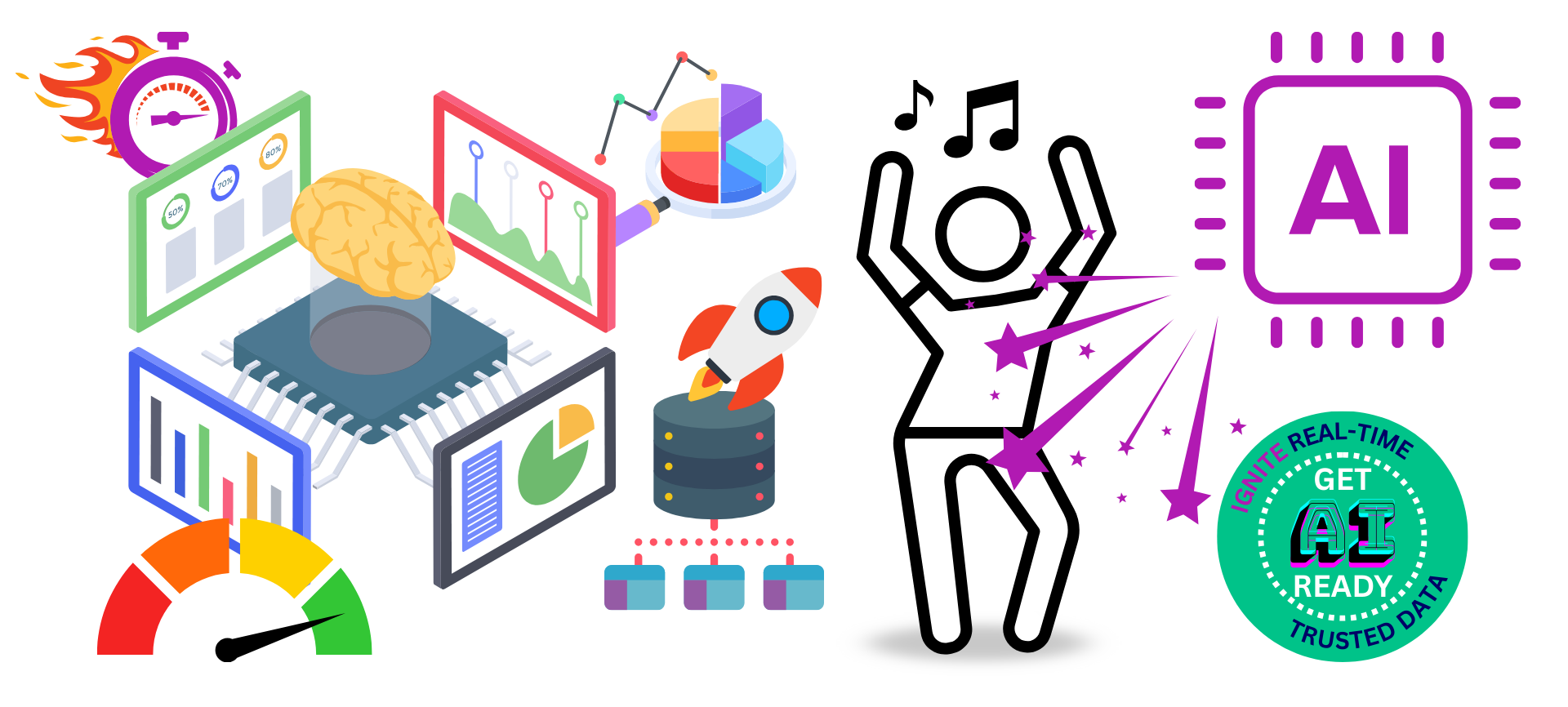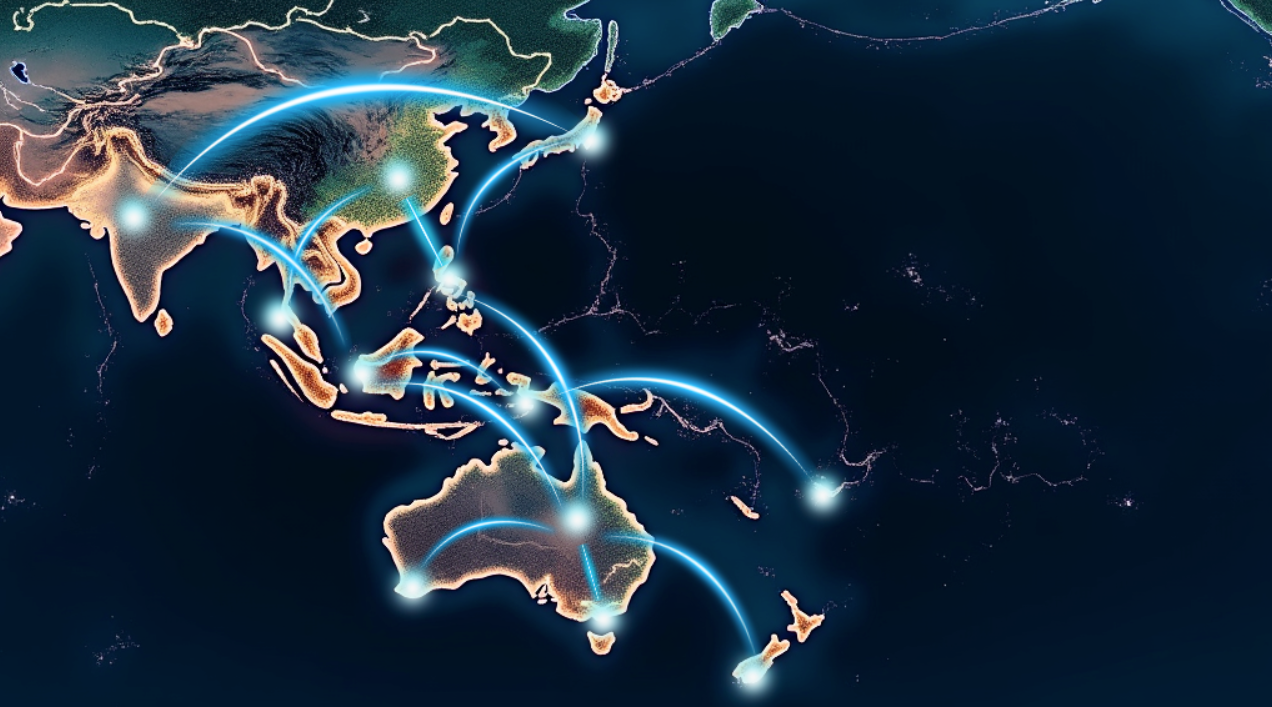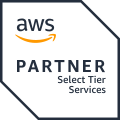Navigating the complex landscape of Systems Integration.

As Australia continues its digital transformation journey, businesses across the nation are faced with the challenge of integrating disparate systems to create a seamless experience for their customers and stakeholders.
As specialists in systems integration, Sida4 is often tasked with finding innovative and secure ways to bring together various applications, data sources, and hardware components to form a cohesive ecosystem.
Some of the integration technologies we work with include: Kafka, Camel, Azure service bus, Azure data factory, AWS lambda, Azure functions, AWS SQS/SNS and IoT/MQTT.
Systems Integration is more than achieving technology connections, it is about being able to leverage your technology investment to unleash your business's potential.
Systems integration is crucial for organisations to achieve enhanced operational efficiency, data accuracy, insightful reporting, and overall scalability. By creating a unified infrastructure, businesses can streamline their processes, reduce redundancies, improve their security posture and improve overall productivity to:
- Enhance collaboration: Integrated systems facilitate seamless communication and information sharing between departments, enabling teams to work more efficiently and effectively.
- Improve decision-making: By aggregating data from various sources, organisations can derive valuable insights, leading to informed decision-making and better business outcomes.
- Boost customer experience: Integrating customer-facing systems, such as CRMs and e-commerce platforms, ensures a consistent and personalised experience for customers, driving loyalty and satisfaction in the competitive Australian market.
5 of the most common challenges to be aware of when planning a system integration program
Our role as System Integrator is to plan, design, implement, coordinate, improve, and maintain complex technology changes. Although each client has unique needs and technology environments, there are a few common challenges due to the complex and resource-intensive processes.
Sida4 focuses on combating these challenges by providing highly experienced technical and project management teams for every SI/FSI program.
In addition, each of our SI projects is also supported by our robust assurance programs including Delivery, Solutioning, Integration, and Operational.
The 5 most common Systems integration challenges:
1. Technical complexity: Diverse systems often have different architectures, data formats, and protocols, making it difficult to establish seamless communication between them.
2. Legacy systems: Many Australian organisations still rely on outdated or proprietary systems, which can be challenging to integrate with modern applications and technologies.
3. Integrated systems: A critical concern for businesses, particularly those operating in highly regulated industries such as finance and healthcare.
4. Organisational resistance: Change management can be a significant obstacle, as employees may be resistant to adopting new processes and systems.
5. Commitment to the end goal: Due to their innate complexities, SI programs of work are known for creating internal fatigue for organisations.
"There are several types of systems integration projects, each with its unique requirements, scope, and complexity."
Each type of systems integration project presents unique challenges and requirements, necessitating careful planning, appropriate technology selection, and skilled execution to ensure success.
Data integration: This type of project focuses on combining data from different sources, such as databases, data warehouses, and data lakes, to create a unified view of information. Data integration projects often involve data transformation, cleansing, and validation to ensure consistency and accuracy.
Application integration: Application integration projects involve connecting different software applications and systems to enable seamless communication and data exchange. This type of integration may include connecting CRM systems, ERP platforms, or e-commerce solutions to streamline business processes and improve efficiency.
Business process integration: This type of integration aims to optimise and automate business processes by connecting various systems and applications involved in specific workflows. Business process integration projects often involve implementing Business Process Management (BPM) tools to model, monitor, and manage end-to-end business processes.
Enterprise integration: Enterprise integration projects involve connecting multiple systems and applications within an organisation to create a unified infrastructure. These projects often include a combination of data, application, and business process integration initiatives, and may require the implementation of integration platforms such as Enterprise Service Bus (ESB) or Integration Platform as a Service (iPaaS).
B2B integration: Business-to-business (B2B) integration projects focus on connecting an organisation's systems with those of its partners, suppliers, or customers. This type of integration may involve exchanging data, automating transactions, or streamlining supply chain processes.
Cloud integration: Cloud integration projects involve connecting on-premise systems and applications with cloud-based services and platforms. This type of integration can involve data migration, application modernisation, or implementing hybrid cloud architectures.
IoT integration: Internet of Things (IoT) integration projects focus on connecting IoT devices and sensors with existing systems and applications to enable real-time data collection, monitoring, and analytics. This type of integration may involve implementing IoT platforms or custom solutions for device management and data processing.
Legacy system modernisation: These projects involve integrating legacy systems with modern applications, platforms, and technologies. This type of integration may require re-platforming, re-architecting, or re-engineering legacy systems to ensure compatibility and efficiency.
System consolidation: System consolidation projects involve merging multiple systems or applications into a single, unified platform. These projects often require data migration, application integration, and process re-engineering to achieve a streamlined and efficient infrastructure.
System migration: System migration projects involve moving systems, applications, or data from one platform or environment to another. This type of integration may involve migrating on-premise systems to the cloud, upgrading software platforms, or transitioning between different service providers.
Sida4 helps complex organisations such as banks, insurers, infrastructure, enterprise and more to navigate the complexities of technology transformation and legacy technology modernisation.
What that really means is, we get integration.
Let's talk.
Publishing note: This article was originally published under the 4impact brand and is now represented by Sida4, their data enablement and integration focused sister company.
insights















